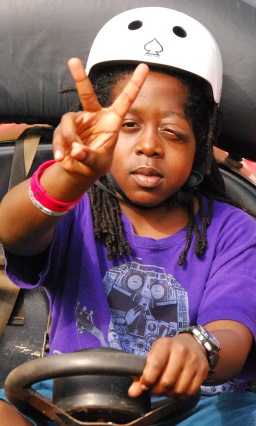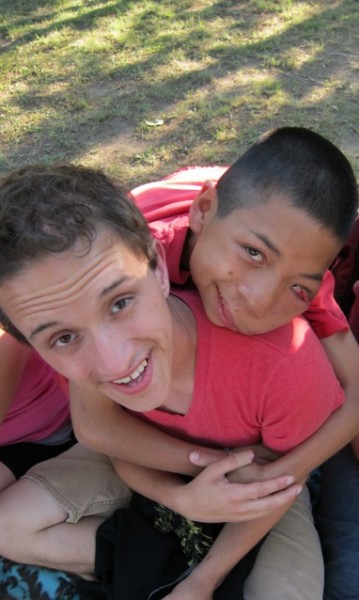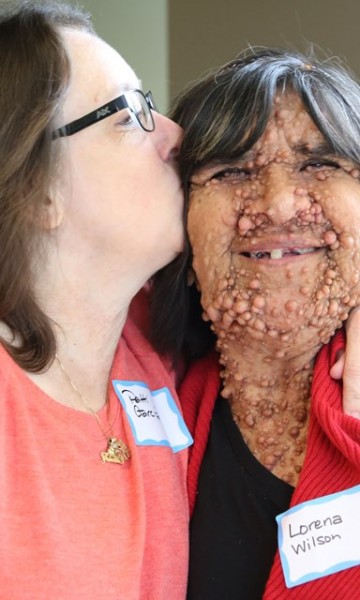2021 NF1 Diagnostic Criteria Update
An update of the diagnostic criteria for neurofibromatosis type 1 has just been published in Genetics in Medicine, the official journal of the American College of Medical Genetics and Genomics. This is an update to the original diagnostic criteria that was established at the National Institutes of Health (NIH) in 1987. The new criteria are the result of years of work and collaboration of over 90 neurofibromatosis (NF) experts from around the world.
The goal of the new criteria is to allow for earlier and more accurate diagnosis of NF1, leading to improved care. Publication of new criteria for neurofibromatosis type 2 and schwannomatosis is planned for late this year.
We have highlighted the changes to the NF1 diagnostic criteria below. The Children’s Tumor Foundation (CTF) has also provided a helpful infographic and diagnostic comparison. You may also read the full publication here.
| ORIGINAL DIAGNOSTIC CRITERIA (1988) | UPDATED DIAGNOSTIC CRITERIA (2021) |
| A diagnosis of NF1 can be given if an individual has two or more of the following manifestations: • Six or more café-au-lait macules (brown skin spots) » greater than 5mm in pre-pubertal children » greater than 15mm in post-pubertal individuals • Freckling in axilla (armpit) or groin • Two or more neurofibroma tumors of any type, or one plexiform neurofibroma • Two or more iris Lisch nodules (iris hamartomas) • Optic glioma • A distinctive bony lesion: dysplasia (abnormal growth) of the sphenoid bone behind the eye, or dysplasia of long bones, often in the lower leg • Having a close relative (parent, sibling, or child) with NF1 | A diagnosis of NF1 can be given if an individual has two or more of the following manifestations: • Six or more café-au-lait-macules* (brown skin spots) » greater than 5mm in pre-pubertal children » greater than 15mm in post-pubertal individuals • Freckling in axilla (armpit) or groin* • Two or more neurofibroma tumors of any type, or one plexiform neurofibroma • Two or more Lisch nodules or two or more choroidal abnormalities • Optic pathway glioma (tumor of the visual pathway) • A distinctive osseous lesion such as: sphenoid dysplasia; anterolateral bowing of tibia (tibial dysplasia); or pseudarthrosis of a long bone • A pathogenic NF1 gene variant ** • A parent with NF1 by the above criteria *At least one of the two pigmentary findings (café-au-lait macules or freckling) should be bilateral. |







.png)





